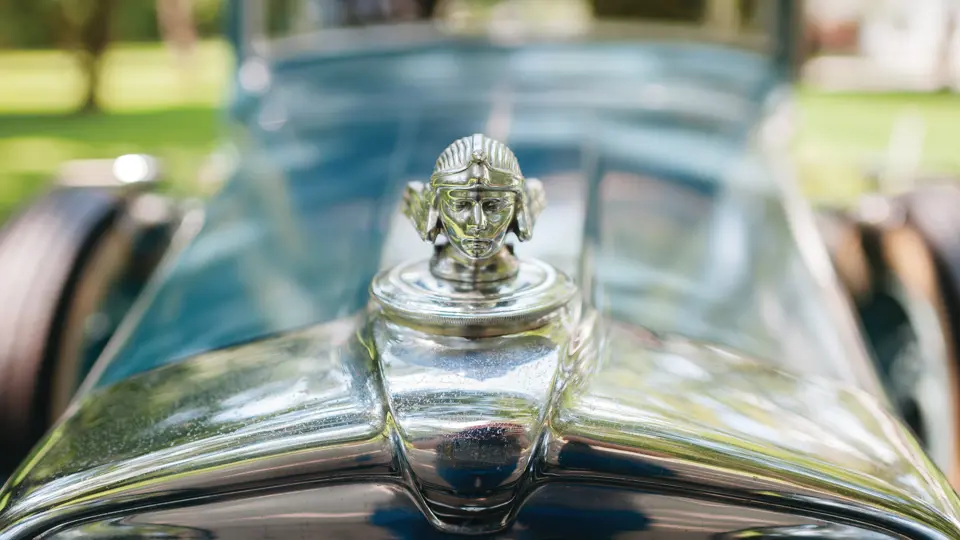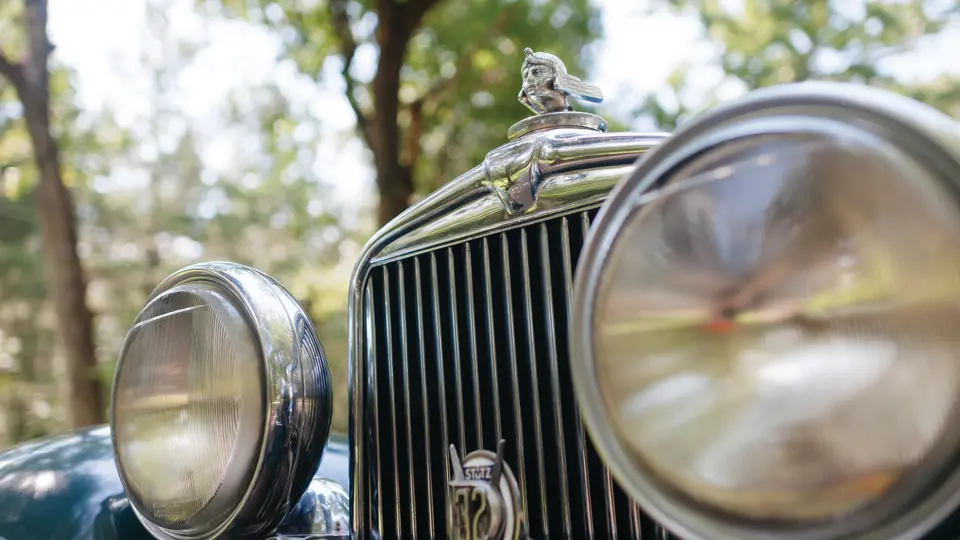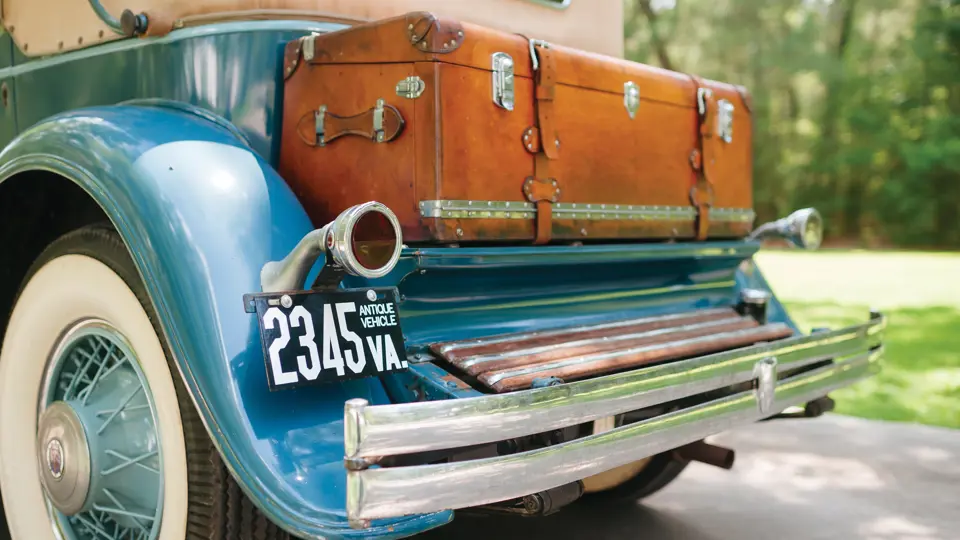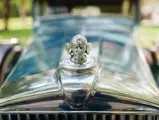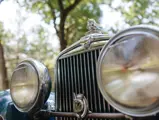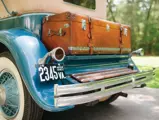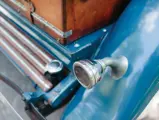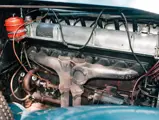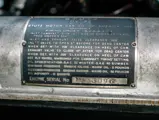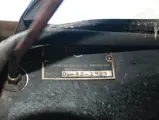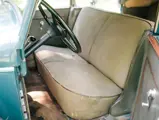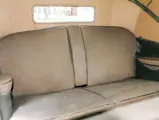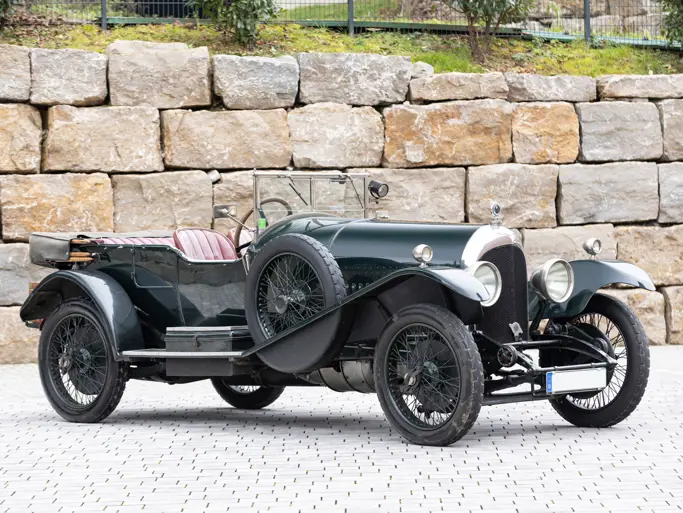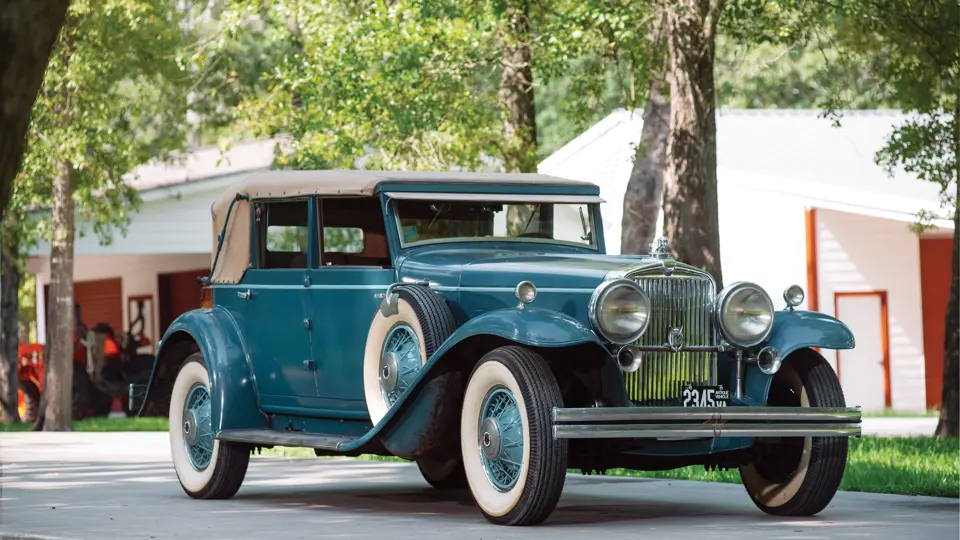
1931 Stutz DV-32 Convertible Sedan by LeBaron
{{lr.item.text}}
$159,500 USD | Sold
{{bidding.lot.reserveStatusFormatted}}
- One of the finest original and unrestored DV-32s in existence
- Formerly owned by the Pettit family for six decades
- Believed to have had only four owners from new
- Charmingly patinated condition throughout
- An “ultimate Stutz” of great purity, history, and character
156 bhp, 322.1 cu. in. DOHC inline eight-cylinder engine, four-speed manual transmission, solid front and live rear axles with semi-elliptical leaf springs, and four-wheel vacuum-assisted hydraulic drum brakes. Wheelbase: 145 in.
Stutz’s DV-32 began with the original Stutz Vertical Eight that had debuted in 1926. As the company did not have the funds on hand to design a completely new engine, they had to make do with this mill for five years, continuously fine-tuning and upgrading it. The DV-32 featured the last iteration of the powerplant, which began as a 322-cubic inch former BB engine that had been redesigned by Charles “Pop” Greuter, the dean of the Stutz engineering department, to include dual overhead camshafts and angled valves above the hemispherical combustion chambers. It was this arrangement that gave the engine its lasting title, the “Dual-Valve 32,” for its four valves per cylinder, with 32 in total.
The upgraded engine produced some 156 horsepower, which was about the same horsepower-per-cubic-inch ratio of the Duesenberg Model J, and this was directed to the rear axle through a Warner three-speed transmission. With a lightweight body, as found on the example offered here, a DV-32 was swift, flexible, and capable of not only 90 mph but also outrunning just about everything but the inevitable.
Only about 200 examples of the DV-32 were delivered during Stutz’s waning days, which finally came to an end in 1935 after a valiant attempt at survival through light truck production. The survivors have long been held among the most valuable and desirable of Stutzes, and they are among the most pleasurable automobiles of their era to drive.
THE PETTIT FAMILY DV-32
The DV-32 offered here is chassis number DV-42-1383, a “semi-custom” convertible sedan by LeBaron on the longer 145-inch-wheelbase chassis. Similar to other LeBaron bodies for Stutz, the body would have been finished “in the white,” without paint or upholstery, and then sent to Indianapolis and completed in the livery and trim of its original owner’s choice.
This car is believed to have been originally delivered in California to someone involved in film production. In 1950, it was acquired from a gentleman, who claimed to be its second owner, by Claude Pettit, a prominent Chrysler-Plymouth dealer from Louisa, Virginia, and a passionate early antique car enthusiast. Mr. Pettit’s collection was built with the help of his son, William “Bill” Pettit, who considered this Stutz a favorite and actually used it as his everyday car while in college. He eventually inherited the family cars and opened the collection to the public as the Museum of Motoring Memories, for which the Stutz appeared in promotional postcards, one of which is included with the car. Reportedly, the car was shipped to Texas in 1955, to appear alongside James Dean in the film Giant, although if its scenes were shot, they wound up on the cutting room floor.
The majority of the Pettit Collection was sold in 1997, at the time of Bill Pettit’s retirement. He relocated with a few treasured long-time acquisitions—among them this Stutz—to New Smyrna Beach, Florida, where he enjoyed the cars and sharing them with friends until his passing in 2011. The Stutz was then sold to its present owner, another well-known and passionate enthusiast, marking the end of over 60 years of Pettit family ownership.
Aside from a repaint that is believed to date to World War II, the Stutz remains in superb original and unrestored condition, including its well-preserved interior, which has its original fabric upholstery and finishes all intact. The 1958 Virginia Department of State registration sticker is still on the windshield, and the car retains the handsome leather-covered trunk, painted wire wheels, and all of the little accessories and trim pieces regularly missing from unrestored cars. It has been sympathetically returned to running and driving order, and it presently records fewer than 70,000 original miles, which, considering the car’s well-preserved condition, may well be actual mileage.
This DV-32 is preserved as it appeared for decades in one of the U.S.’s finest and most respected early collections, and it needs nothing more than continued loving conservatorship. It is a charmingly timeworn automobile that is a wonderful memento of an earlier era, and it is ready to be fully enjoyed as-is for Preservation class entries or, in Bill Pettit’s spirit, tours with family and friends.
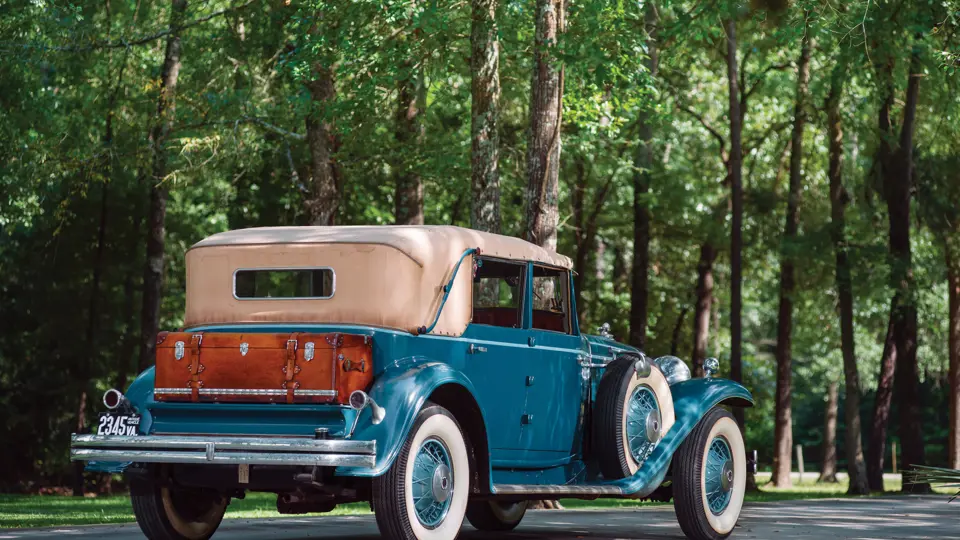

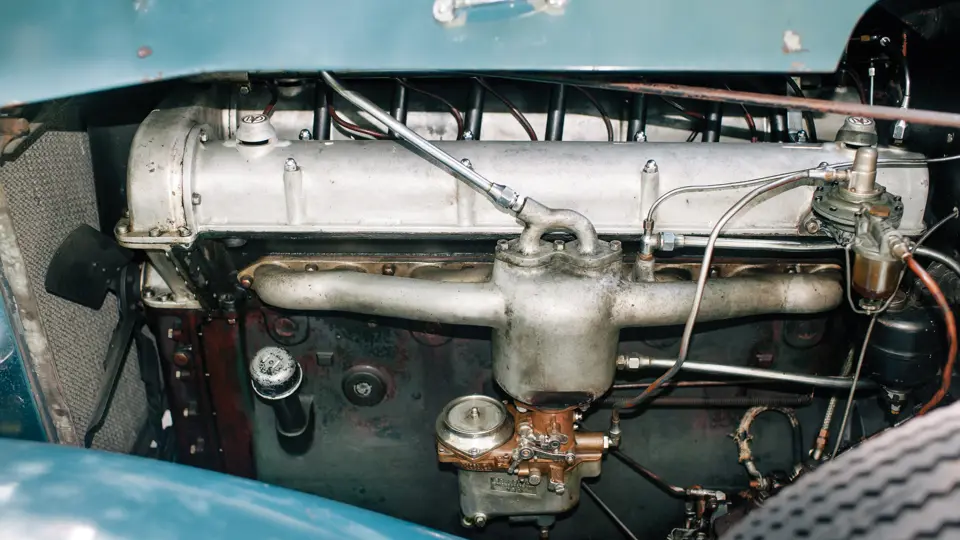

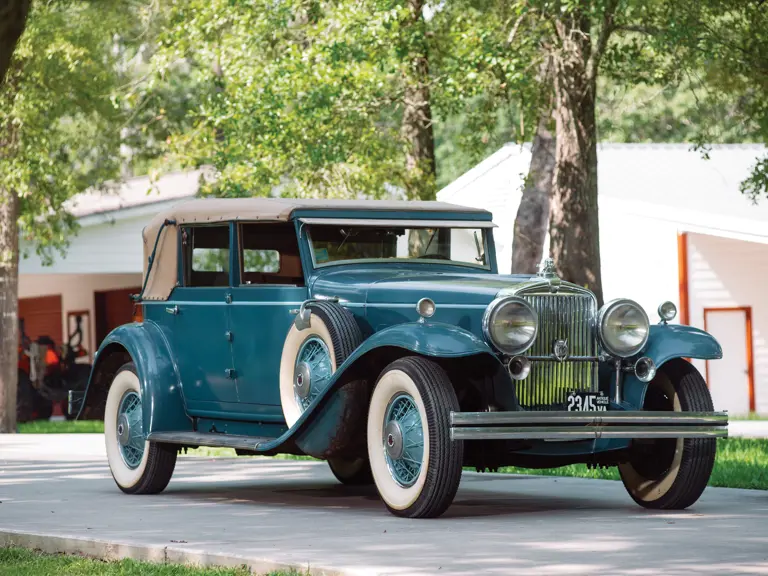
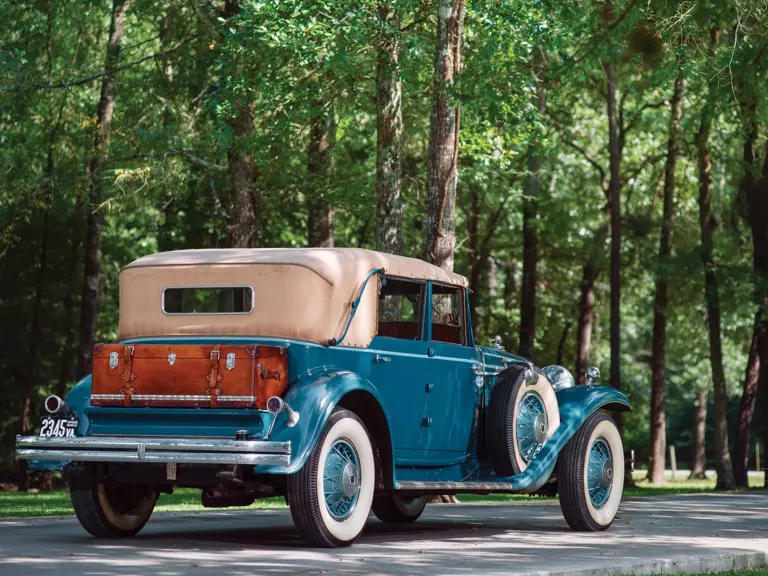
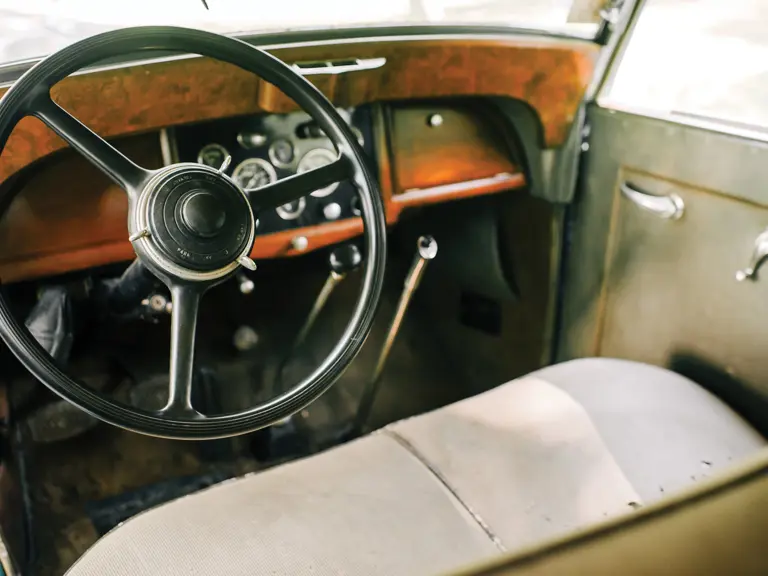
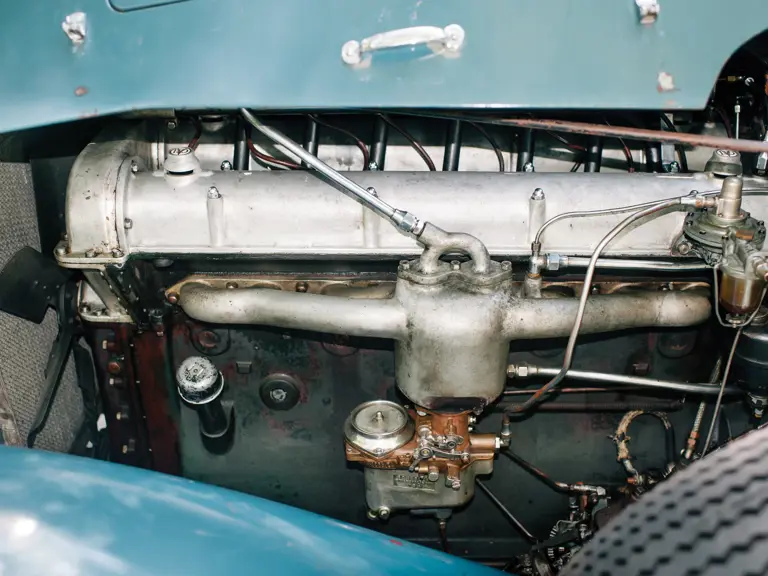
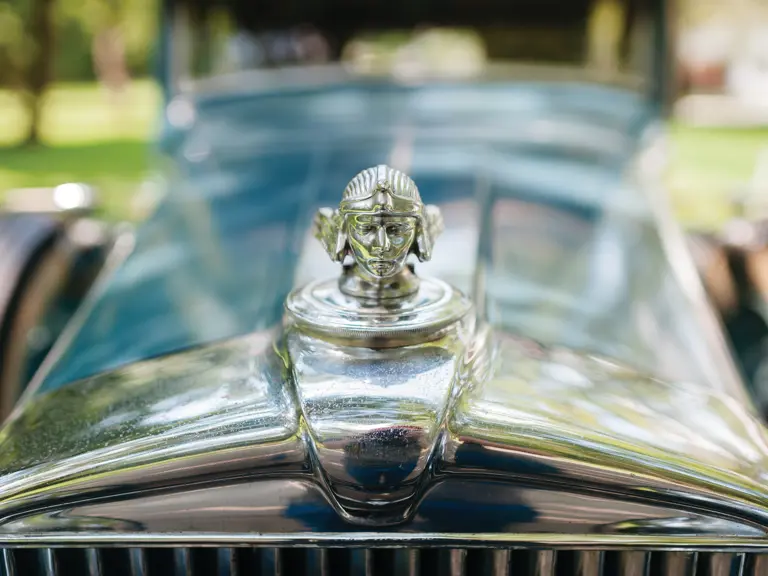
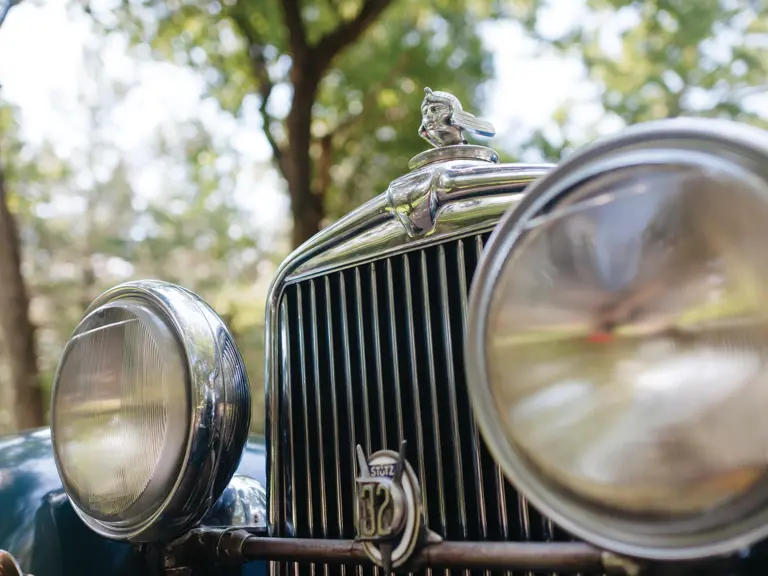
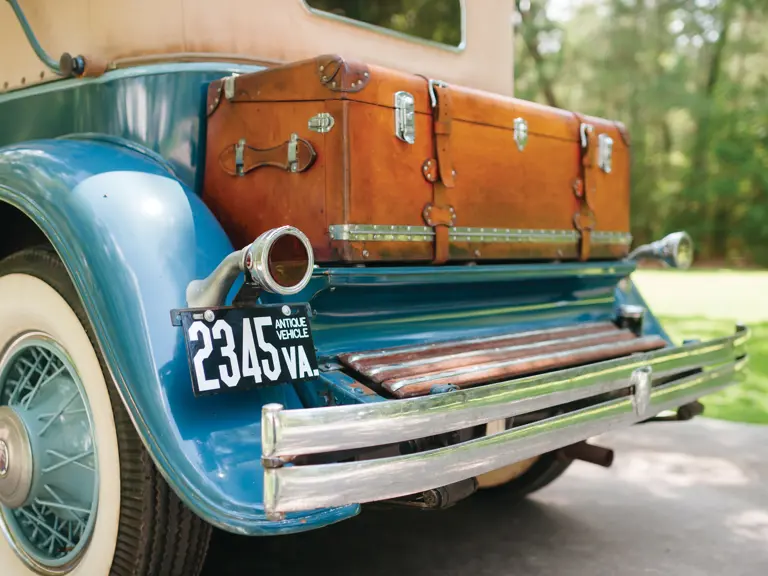
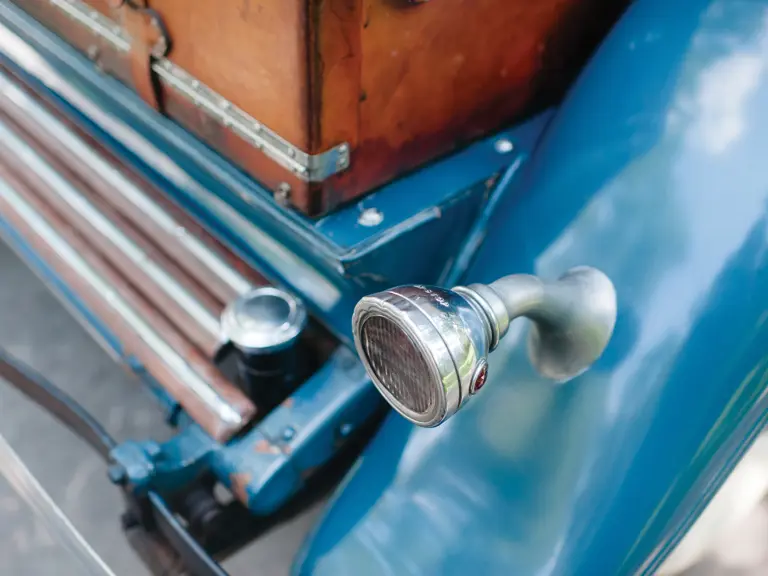
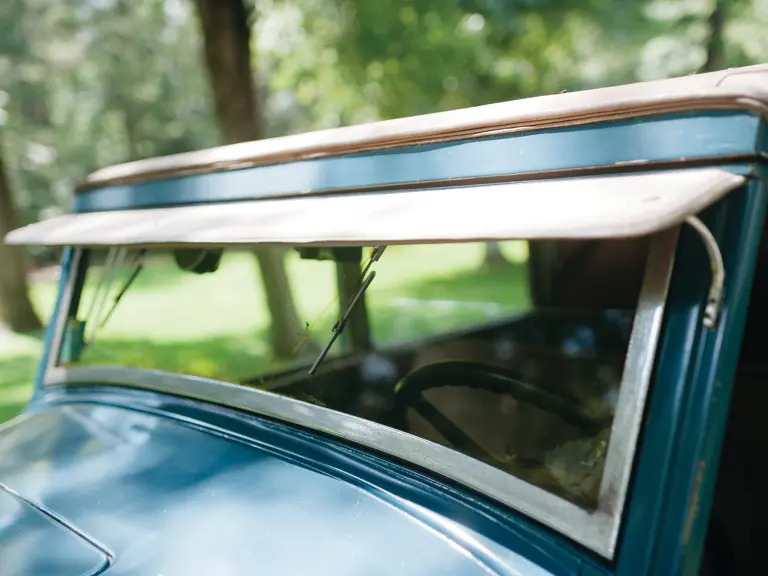
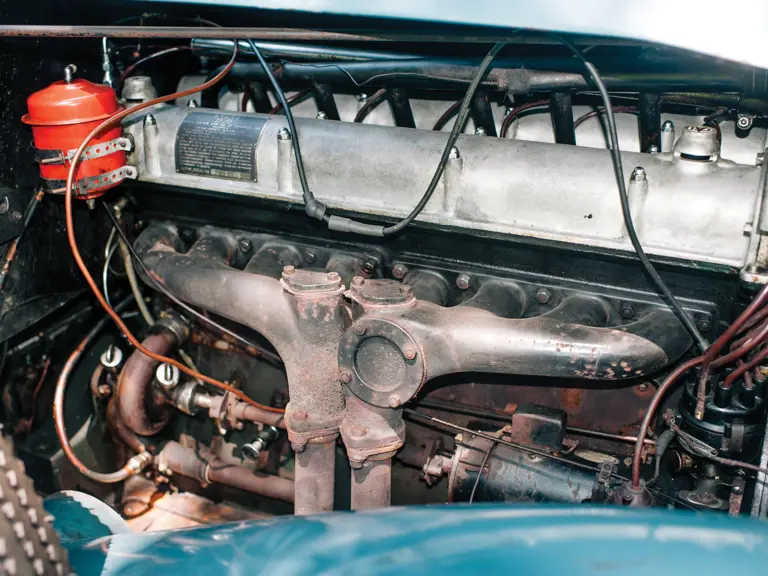
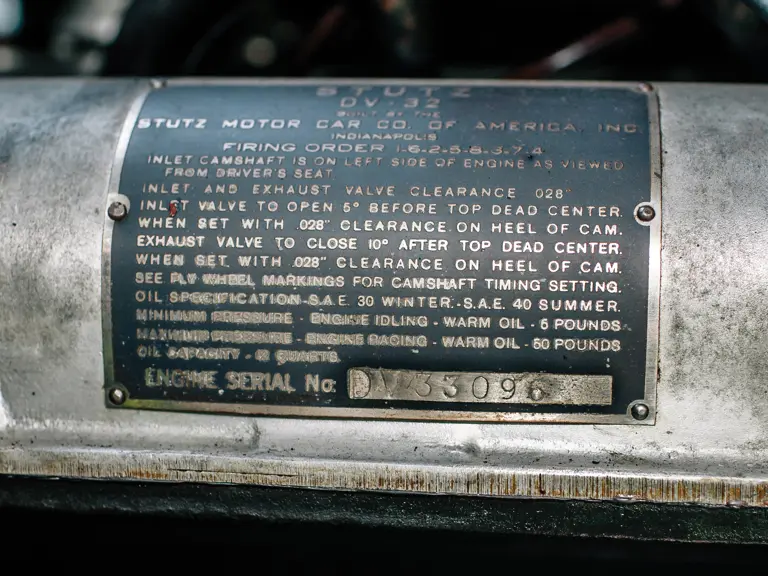
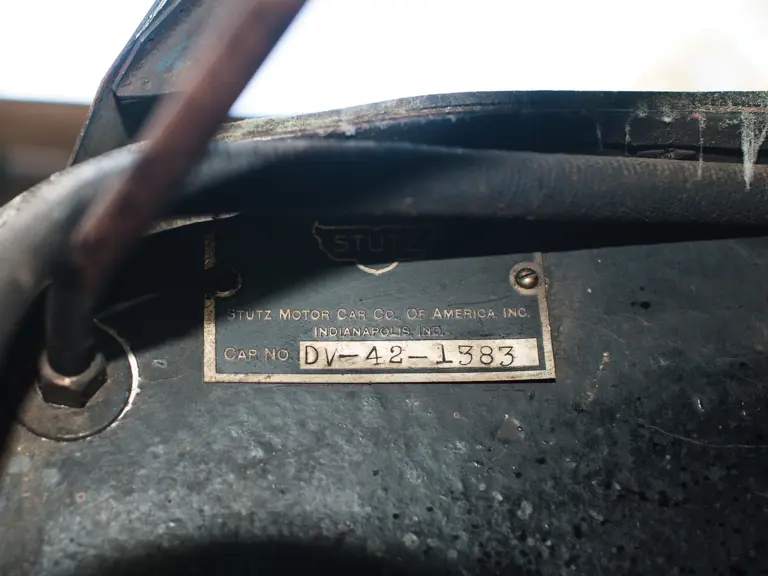

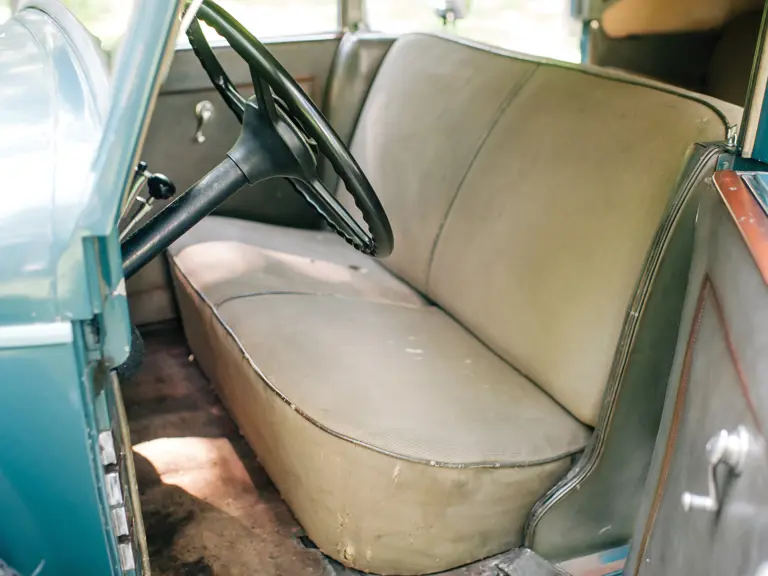
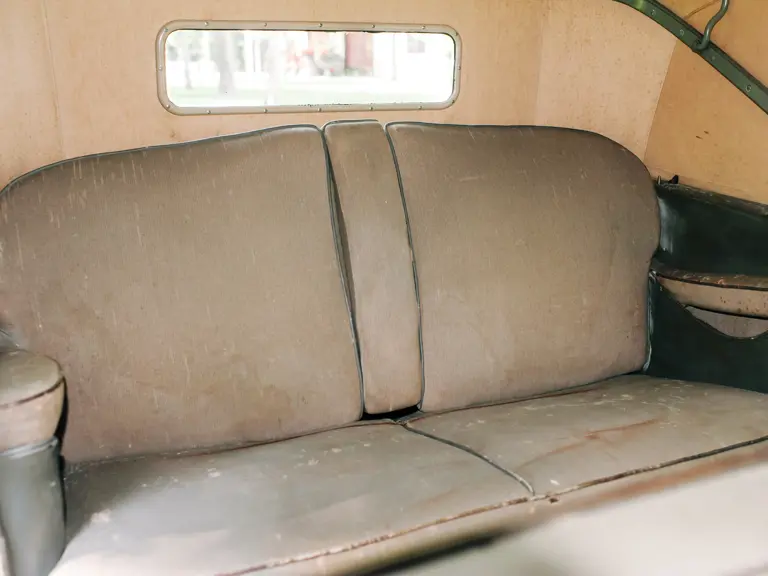
 | Hershey, Pennsylvania
| Hershey, Pennsylvania
